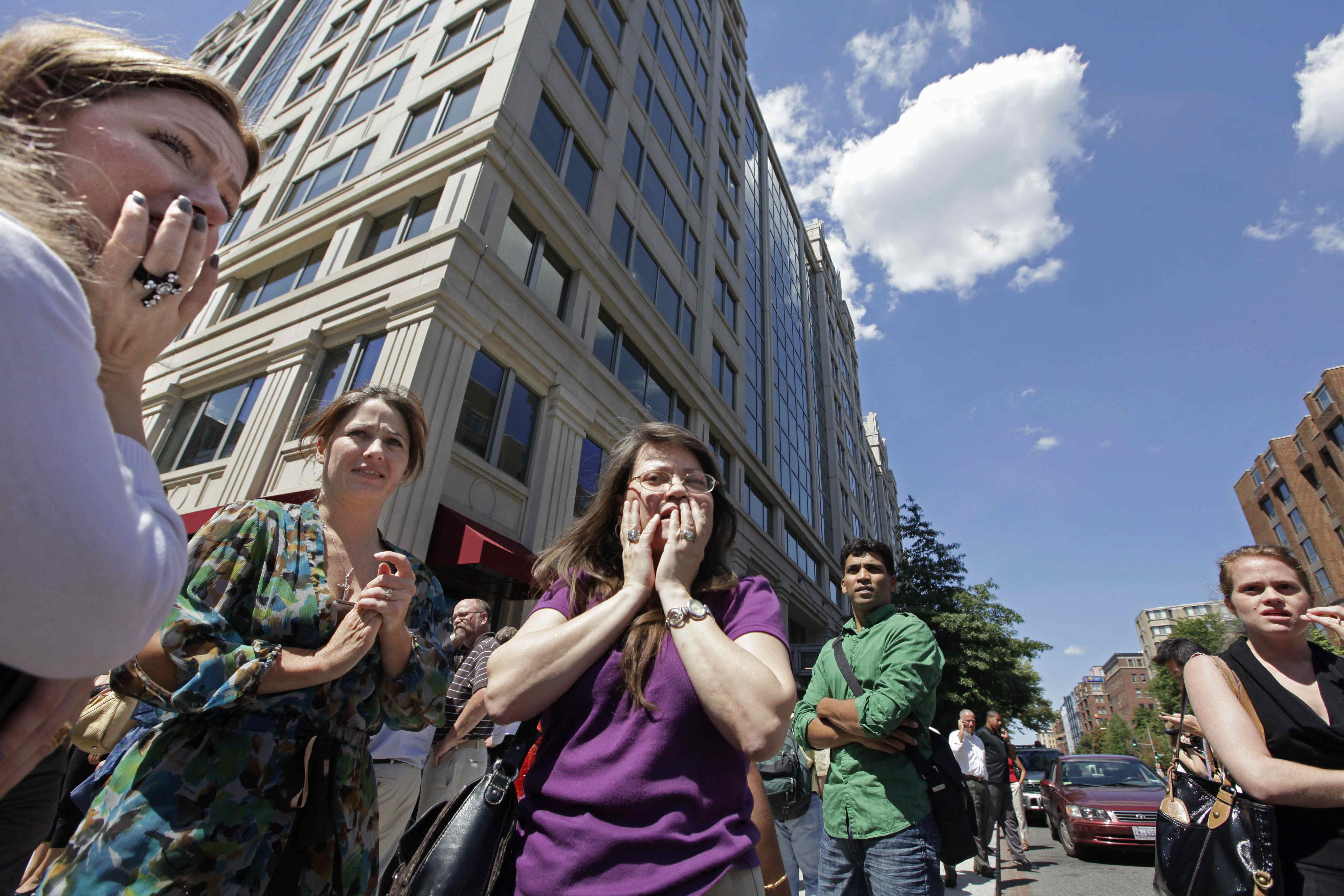From mid-afternoon on Tuesday, August 23rd (EDT), until the last of the late night newscasts that day, the news media was all over the 5.8 earthquake that struck a small town in Virginia town especially after Washington, D.C. and New York City saw numerous evacuations including the nation's Capitol, the Pentagon and several Manhattan skyscrapers.
While the quake was noticed from southern Canada to northern Georgia and from New York City to Ohio, it didn't take long for reports to circulate about how those who did experience damage would probably find their business or personal insurance probably didn't cover the event.
It's not because coverage was not available, but because so few property owners have coverage for earthquake damage across the eastern U.S.
Simply put, earthquake insurance provides protection from the shaking and cracking that can destroy buildings and personal possessions.
According to the Insurance Information Institute (I.I.I.), standard homeowners and business insurance policies in most states provide coverage for other kinds of damage that may result from earthquakes such as fire and water damage due to burst gas and water pipes. Cars and other vehicles are covered for earthquake damage by comprehensive insurance, which is optional and also provides protection against flood and hurricane damage as well as theft.
That being said, residents in the Western United States live with earthquakes more as a fact of life while those of us east of the Rocky Mountains usually have a much different perspective.
In the West, earthquake insurance is sold as a separate policy, much like flood insurance, with percentage deductibles ranging from 2 percent to 20 percent of the replacement value of the structure since the risk is so much higher in that portion of the country. In the east, however, many insurers offer an addendum or what is known as a rider to existing policies that either include the same deductibles as the home or business owner already has, or there may be some policy limits. Either way, the cost is more reasonable than in the western U.S. thanks to a lower risk factor.
The cost of earthquake insurance is calculated on "per $1,000 basis." For instance, a frame house in the Pacific Northwest might cost between one to three dollars per $1,000 worth of coverage, while it may cost less than fifty cents per $1,000 on the East coast.
The I.I.I. has considerable information about preparation for an earthquake on the Web at:
http://www.iii.org/articles/preparing-for-an-earthquake/ . Information about what to do during an earthquake can be accessed at: http://www.iii.org/articles/in-case-of-an-earthquake.html. Information on recovering from an earthquake is found at:
http://www.iii.org/articles/recovering-from-an-earthquake.html.
All of the 10 most costly U.S. earthquakes, ranging from the so-called Northridge quake in suburban Los Angeles to the San Bernardo County quake occurred in either California, Washington State, Alaska or Hawaii between 1906 and 2006.
According to the U.S. Geological Survey, there are more than three million earthquakes worldwide each year. While the vast majority of those are a magnitude 3.9 or lower, more than 900 earthquakes measure 5.0 or higher each year. About 81 percent of the world's largest earthquakes occur in the Circum-Pacific seismic belt. The area extends from Chile, northward along the western South American coast through Central America, Mexico, the west coast of the United States and the southern part of Alaska, through the Aleutian Islands to Japan, the Philippine Islands, New Guinea, the island groups of the Southwest Pacific and to New Zealand.
The largest earthquake in the East was a 7.5 temblor that struck Charleston, South Carolina, in 1886, killing over 60 people. While the risk of an earthquake in the Northeast is not nearly as high as in the West, the region is seismically active. A 6.0 earthquake struck Boston in 1755 and a 5.8 earthquake struck the northern part of New York State in 1944. Near New York City, there have been two 5.0 to 5.3 earthquakes, one in 1737 and the other in 1884. Experts say an earthquake of between 6.5 and 7.5 in possible in the Northeast, but estimate that it may occur "in the order of thousands of years."
And then there was the 5.8 quake near the small town of Mineral, Va., Aug. 23, 2011.
David Colmans is the executive director of the Georgia Insurance Information Service. Contact him at (770) 565-3806 or by email at dcolmans@giis.org.

